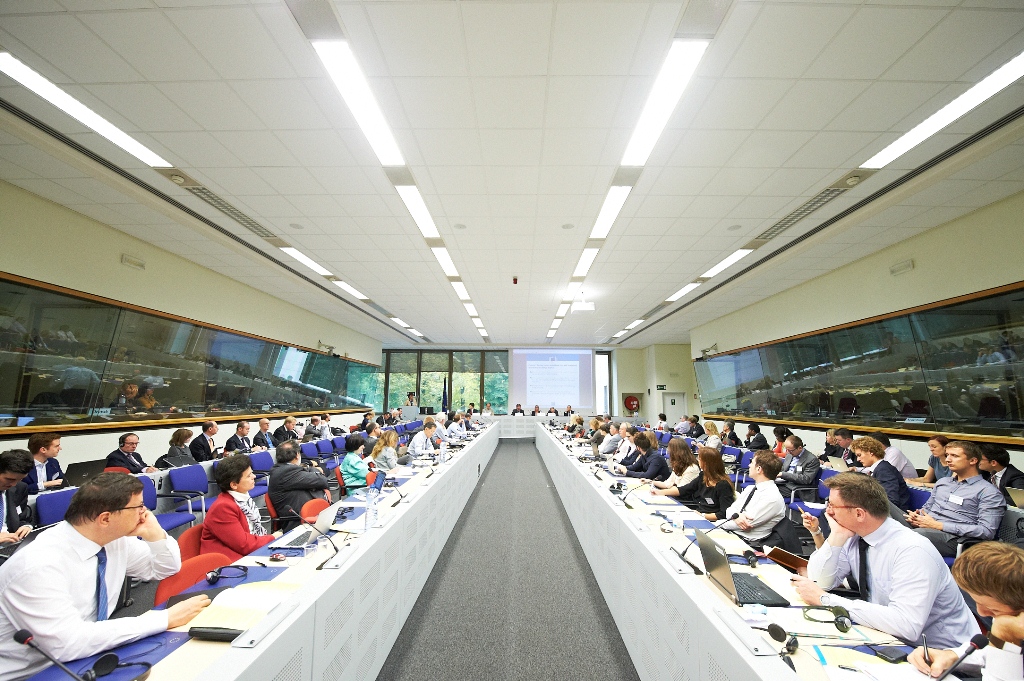Emissions Trading: reduced allocation of free allowances for new entrants
The European Commission adopted new measures to implement the judgment issued last April 2016 by the Court of Justice.
As reported in our previous article, the judgment had invalidated the cross-sectoral correction factor (CSCF) used to allocate free allowances from 2013 to 2020 to stationary installations in the scope of EU-ETS, granting 10 months to the Commission to establish a new amount.
The recently approved Decision (linked at the bottom of this article), defines the new CSCF to be applied to all new allocations adopted after 1 March 2017: new entrants installations and increased capacity of existing ones will receive a reduced free allocation of about 5% compared to the current system.
As defined by the judgment, recalculations will not affect the allocations already approved, that will remain unchanged, except in case of variations in activity or capacity levels, as already defined by the current Regulation on monitoring and reporting of greenhouse gas emissions.
As already provided in Directive 2009/29/EC, the allocation of free allowances for district heating and high-efficiency cogeneration is not subject to the CSCF.
In the short term this Decision is not expected to have a material impact on carbon market.
The new correction factor will not be applied to the allocations in the period 2021 – 2030, that will follow the stricter linear reduction factor currently discussed in the European Parliament.
Link to the full text of the Decision (EU) 2017/126: http://eur-lex.europa.eu/legal-content/EN/TXT/?uri=uriserv:OJ.L_.2017.019.01.0093.01.ENG&toc=OJ:L:2017:019:TOC










 Memo
Memo
